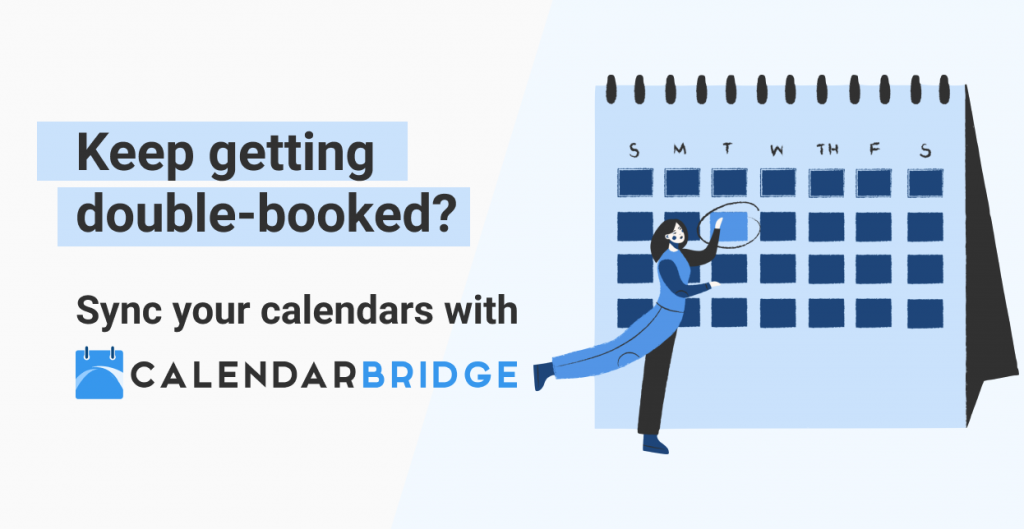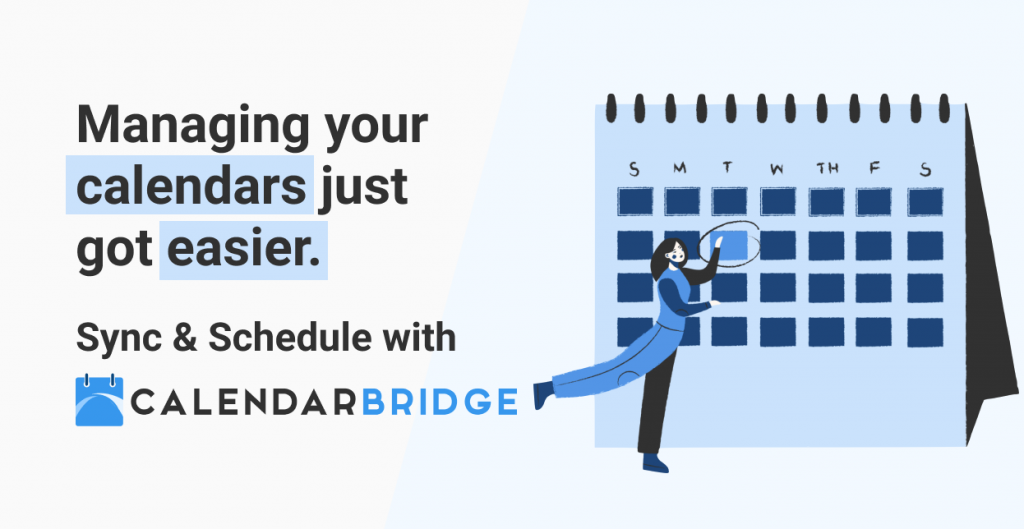A good work-life balance is one of the most important things you can do to ensure that you are happy and healthy in the long-run. Protecting time for family, hobbies, rest and relaxation is absolutely essential for mental, emotional and physical health. We all know this. So, why do we struggle so much to make enough time for it in our lives?
According to research, 66 percent of Americans feel that they haven’t managed to find good work-life balance. For a large number of people, the increasing flexibility of work has significantly contributed to this challenge. In traditional roles, where employees go to work in the morning and come home from work at the end of the day, it was infinitely easier to achieve work-life balance. But today, when many are working from home for at least part of the week, the lines between life and work have been blurred.
Many people feel that finding a work-life balance is harder because their employer doesn’t respect employees’ time off. Chief human resources officer of Randstad North America, Jim Link, believes that companies have a responsibility to ensure that employees can truly be “off” when they’re not working.
“With technology blurring workday boundaries, employees can easily slip into a pattern of being ‘always available,’” he says. “Especially if their boss or co-workers engage in business after hours.”
Others cite advances in technology and apps such as Slack or Microsoft Teams as the reason why they can’t switch off after work, while some consider their own perfectionism as the biggest contributor to their inability to strike that work-life balance. For a growing number, balancing their work schedule with increasingly busy personal schedules full of family commitments, events, trips and appointments is becoming more of a nightmare by the day.
Whatever your reasons for struggling to find work-life balance, there’s no disputing the importance of finding it despite how challenging it may be.
Why It’s So Important To Balance Work and Life
There are many reasons why finding and maintaining work-life balance is essential. But perhaps one of the most important is stress. We all know how stressful it can be when all we’re doing is working all day everyday.
You may think that your stress will subside once you finish that sales report, or when you finally make that marketing presentation you’ve been working so hard on. But in all likelihood, something else just as pressing will come along and keep you in that stress mind-frame. And when your stress levels get so high that you’re lying awake in bed at night worrying about work, the effects on your mental and physical health can be catastrophic.
Another reason is burnout, which is often the result of prolonged periods of stress. Burnout was first described by Herbert Freudenberger in the 1970’s as, “a reaction to prolonged or chronic job stress and is characterized by three main dimensions: exhaustion, cynicism (less identification with the job), and feelings of reduced professional ability.” Burnout can result in physical symptoms too though such as lowered immunity (getting sick more often), headaches, muscle aches and pains, and lowered or increased appetite.
Finally, both stress and burnout can lead to lowered enthusiasm and productivity in work. This happens when a lack of work-life balance causes so much stress over a long enough period of time that you suddenly start to experience symptoms of burnout, and as a result, either stop caring about your work or lose the ability to continue working altogether.
Burnout can also affect relationships with family, partners and friends, especially when it comes to managing your time across multiple calendars. It’s no wonder that for many people, overloaded calendars can lead to a personal and professional crisis.
How To Juggle Your Calendars and Find a Work-Life Balance
Although establishing work-life balance might be something that the majority of us struggle with, there are some simple steps you can take to make it easier. Try some of the following tips to help you switch off after work and get more from life as a result.
1. Set Clear Boundaries
Setting work boundaries is one of the easiest and fastest ways to achieve work-life balance. These will differ for everyone of course, but there are some that are pretty universal. For example, if you’re self-employed and work in a service-based industry, setting structured working hours for yourself will mean that you keep your evenings work-free. Communicating these hours with your clients and making it clear to them that you can’t meet with them or take calls from them outside those hours will help you to truly switch off at the end of the day. Availability sharing tools, such as CalendarBridge scheduling links, make it easy for clients to schedule time with you while also protecting your personal time.
2. Turn Your Notifications Off
Do you ever find yourself checking your work emails on a Saturday afternoon when you should be enjoying your time off? Don’t worry, you’re most certainly not alone. Advances in technology and the fact that almost everyone owns a smartphone to which we receive both personal and work emails makes it too easy to check in on our work inboxes on our time off.
This is a problem because it stops us from fully enjoying our down time and switching from work-mode to personal-mode. So, simply turning off your email notifications when you leave work on a Friday evening can make a big difference to putting work out of mind.
3. Use CalendarBridge to Sync Calendars
Although technology and apps can often make it harder to find work-life balance , some apps, such as CalendarBridge, can really help, especially if you’re self-employed or running a side hustle. CalendarBridge allows users to synchronize their work and personal calendars in a seamless way. This means that you’re not constantly hopping between different calendars, and your time is properly blocked off across all calendars to prevent colleagues and family members from double booking you.
4. Use Your “Out of Office” Reply
If you’ve booked time off work, one of the most important things you can do is to set your automatic replies on your emails. We only get a certain amount of vacation days per year, so it’s important to make sure that you’re fully switched off from work and enjoying your time off to the fullest.
If you haven’t used this function before, you can find it in the settings of your work email account. It means that when anyone emails you while you’re on vacation, they automatically get a reply explaining that you’re on vacation, your date of return to work, and providing an alternative contact in case of emergency. Plus, it gives you peace of mind to know that you don’t need to reply to any emails and can focus all of your attention on your friends, family, or just relaxing.
5. Create An Office Space
Since COVID-19 hit, more of us are working from home than ever before. This, of course, makes establishing boundaries between work and life so much harder. Creating a proper office space in your home that you only use for work makes it easier to set those boundaries.
Even if you’re planning on returning to the office post-pandemic, spend some time and money setting up a home office to create separation between your workspace and the rest of your home.
6. Stop and Reprioritize
Priorities often shift throughout our workday and work week. We often set out with clear priorities, but as the week goes on, those goals get murky. Whether it’s competing requests or unplanned changes, we can find ourselves distracted by the wrong projects. That is why it is important to stop and take a look at your work and life activities to decide what is truly important.
Take some time away from your work and reprioritize. Ask yourself: Why am I working on this? How much time does this really need? Is this the most important thing I could be doing with my time? What would happen if this doesn’t get done?
Regularly stop and take a look at your day, week or month to find the most important things on your to do list. These check-ins will help you better manage your time.
7. Be Clear With Family And Friends
Finally, being very clear with family and friends that when you’re working, you’re working, can really help to separate work time from personal time. This is especially relevant to people who are now working from home as a result of the pandemic.
Currently, many households have two parents working from home at the same time. This, understandably, makes it more difficult to balance work and life. By setting clear work boundaries with your partner, transitioning into and out of “work mode” after hours will be easier.
Using Technology to Prioritizing Work-Life Balance
Research shows the majority of us struggle to draw a line between our time at work and our time at home. We know that the short and long-term consequences of this can be detrimental to not only our careers but also to our personal relationships and overall wellness. It’s no wonder that so many people are exploring solutions to find a better, more balanced life.
Technology can be part of the problem, but also part of the solution. A digital calendar such as Outlook or Google Calendar, and Apps like CalendarBridge provide innovative ways to find and maintain balance. The trick is to use technology to protect time off and enforce personal and professional boundaries so we can live happier, healthier and more fulfilling lives. You can also get your first month free by using the promo code strtupmind
















Pingback: Business Model for a Cleaning Service Explained - StartUp Mindset
Pingback: Are You A Natural Born Entrepreneur? Here are 3 Questions to Ask Yourself. - StartUp Mindset
Pingback: How Different Generations See Work-Life Balance – THE MIRROR OF MEDIA
Pingback: How Different Generations See Work-Life Balance - Daily Updates Online
Pingback: How Different Generations See Work-Life Balance - StartUp Mindset
Pingback: 7 Tips to Find Work-Life Balance When Juggling Multiple Calendars – Entrepreneur – Start, Run and Grow Your Business
Pingback: 7 Tips To Find Work-Life Balance When Juggling Multiple Calendars - StartUp Mindset » The Wordpress Article Directory